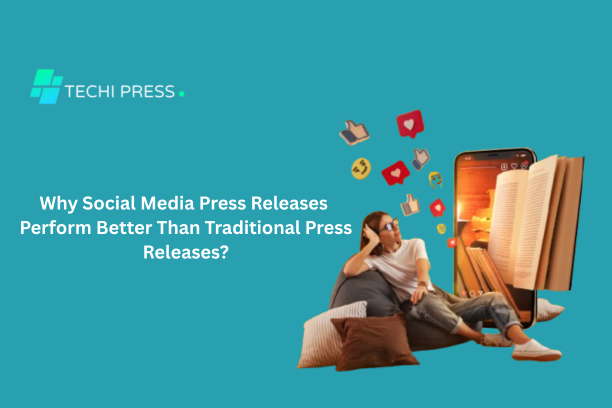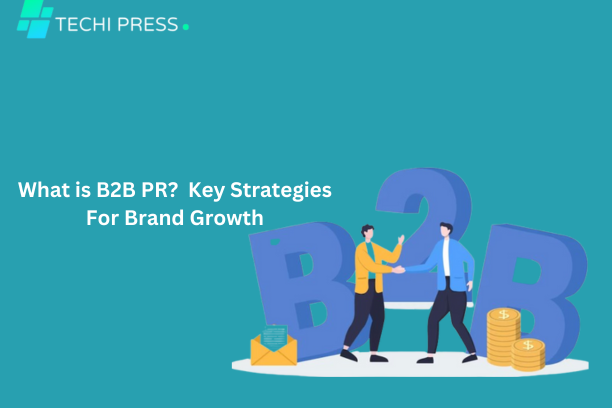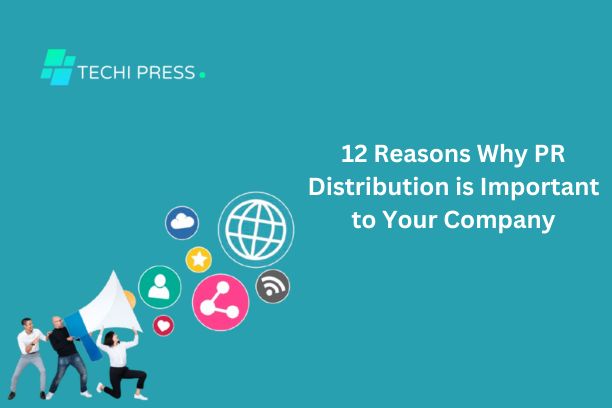The press release has evolved beyond the static, text-heavy documents of the past. While traditional press releases still serve specific purposes, social media press releases now offer superior reach, engagement, and measurable impact for most modern PR distribution needs.
The Press Release Evolution
The traditional press release format – developed in the early 1900s – was designed for print newspapers and direct media pitches. While this approach still works for certain announcements, it faces limitations in our current media landscape where:
- Journalists receive 100+ pitches daily
- Audiences consume information visually
- Sharing and interaction drive visibility
Social media press releases adapt to these changes by incorporating:
- Platform-optimized formatting
- Embedded videos and infographics
- Strategic hashtags and tags
- Built-in sharing capabilities
5 Reasons Social Media Press Releases Perform Better
1. Greater Visibility Through Networks
Unlike email distributions that rely on journalist opens, social releases tap into existing networks. When employees, customers, or partners share your announcement, it reaches:
- Their direct followers
- Algorithmically-suggested audiences
- Relevant communities through hashtags
2. Higher Engagement Rates
Traditional press releases are one-way communications. Social versions transform announcements into conversations through:
▸ Comments and reactions
▸ User-generated content
▸ Real-time Q&A opportunities
3. Precision Audience Targeting
Each platform offers unique targeting:
• LinkedIn → Industry professionals
• Twitter → Journalists and influencers
• Facebook → Consumer audiences
• Instagram → Visual storytelling
4. Instant Performance Analytics
With traditional PR, you wait for coverage reports. Social provides real-time data on:
✓ Views and reach
✓ Engagement metrics
✓ Click-through rates
✓ Follower growth
5. Cost-Effective Amplification
While newswire distribution costs 300−300−1,500 per release, social platforms offer:
- Free organic distribution
- Affordable paid promotion options
- Employee advocacy programs
Creating High-Impact Social Press Releases
Essential Components:
• Mobile-first design – Over 60% of social media is consumed on phones
• Platform-specific formatting – What works on LinkedIn differs from Twitter
• Multimedia elements – Videos get 48% more views than text-only posts
Distribution Strategy:
- Post at optimal times (varies by platform)
- Use relevant but minimal hashtags (2-3 max)
- Tag key journalists/influencers when appropriate
Measuring Success:
Track beyond vanity metrics:
→ Engagement rate (not just impressions)
→ Website referral traffic
→ Lead generation from posts
When Traditional Press Releases Still Matter
Certain situations still warrant conventional formats:
• Financial disclosures and earnings reports
• Regulatory announcements
• Organizations with established media relationships
Transitioning Your PR Strategy
Start small with these steps:
- Audit recent announcements for social conversion potential
- Build a library of reusable visual assets
- Train spokespeople for social-friendly commentary
- Develop a cross-platform distribution calendar
The Bottom Line
Social media press releases don’t just distribute news – they create engagement opportunities, build communities, and deliver measurable business impact. While traditional formats still serve specific needs, social-optimized versions now deliver better results for most announcements.
The most effective PR strategies blend the credibility of traditional methods with the reach and engagement of social distribution. As communication channels continue evolving, organizations that adapt their press release strategy will gain a significant competitive advantage in earning attention and driving action.
Ready to upgrade your PR approach? Your next announcement presents the perfect opportunity to test these strategies and experience the difference firsthand.





